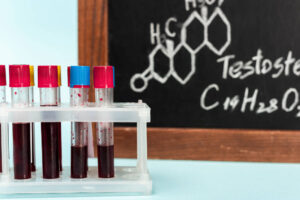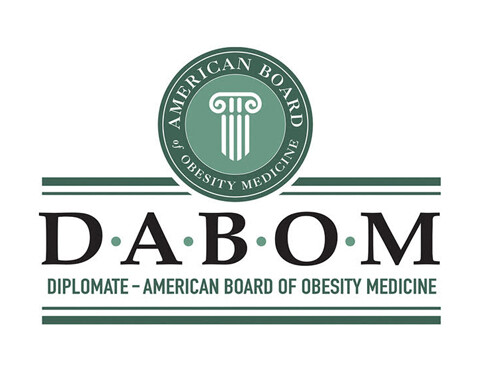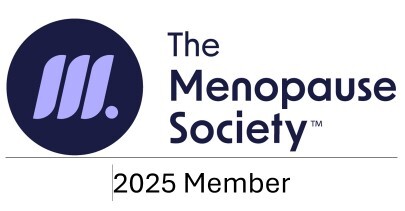Testosterone Therapy: The Secret Weapon for Stronger Muscles & Bones After Weight Loss
Losing weight? Amazing. Feeling stronger, leaner, and healthier? Even better. But here’s the catch: when the scale drops — especially with GLP-1 medications — you’re potentially not just burning fat. You could lose muscle and bone density, too. And that’s not the glow-up anyone signed up for.
Enter testosterone therapy (yes, for women and men). Testosterone isn’t just about libido or energy — it’s a powerhouse hormone that helps you rebuild lean muscle, protect your bones, and keep your metabolism humming. Think of it as your body’s built-in anabolic coach.
Why Muscle & Bone Matter (More Than You Think)
When muscle mass or bone density dip, here’s what can happen:
-
Your metabolism slows (muscle is calorie-burning gold at rest).
-
You feel weaker, less toned, and recover more slowly from workouts.
-
Your risk of fractures and injuries creeps up.
That’s why protecting lean tissue isn’t just about looking toned in a mirror — it’s about staying strong, mobile, and confident for the long haul.
Testosterone: Not Just a “Guy Thing”
-
For men: Testosterone naturally declines with age (about 1% per year after 30). Cue the dad bod: less muscle, more belly fat, low energy, and brittle bones. TRT can return your testosterone to optimal levels for optimal body composition.
-
For women: You make less testosterone than men, but it’s just as important. Too-low levels — common after menopause or rapid weight loss — can mean fatigue, brittle bones, and that frustrating “skinny-fat” look (weight down, but no muscle tone). Restoring testosterone to physiologic levels helps bring back strength, energy, and resilience.
What the Science Shows
Muscle: Studies consistently show testosterone replacement increases lean body mass and muscle strength in men with low levels. In women, smaller but growing studies suggest it boosts energy and helps preserve muscle when dosed appropriately.
Bone: In men, TRT (testosterone replacement therapy) improves bone mineral density, particularly in the spine and hips. For women, research is promising — observational data show a link between low testosterone and osteoporosis, while balancing hormones (with testosterone, estrogen, and progesterone) may help preserve bone.
But here’s the real talk: Testosterone is not a free pass. It works best when paired with resistance training and adequate protein intake (80–100g/day for many people). Hormones + lifestyle = amazing results.

The Flow Wellness Approach
We’re not here for cookie-cutter plans. Every HRT patient gets a customized strategy, blending:
-
Smart labs: Testosterone, SHBG, estrogen, progesterone, thyroid, vitamin D — the full picture.
-
Tailored dosing: Safe, physiologic hormone replacement designed for your body.
- Bone support: Collagen, calcium, magnesium, and vitamin D recommendations based on your labs and goals.
-
Close monitoring: Because no one has time for side effects (hello, mood swings or unwanted hair growth).
What This Means for You
Weight loss can make you feel lighter — but testosterone therapy can help you feel stronger. By protecting your muscle and bone, you’re not just chasing a number on the scale. You’re building a healthier, more resilient body that looks as good as it feels. And, we know a strong body correlates with longevity.
Schedule your appointment with our hormone specialist today!
At Flow Wellness, we’re here to make sure your transformation includes toned muscle, solid bones, and unstoppable confidence. Because skinny and weak is NOT the vibe we’re going for. Strong, lean, and thriving? That’s the goal.
Read more here: Bioidentical Hormone Replacement Therapy (BHRT)
Disclaimer: This blog post is for informational purposes only and should not be considered medical advice. Always consult with a healthcare provider for personalized medical advice. Peptide treatments are not FDA approved and not indicated for any medical condition.




